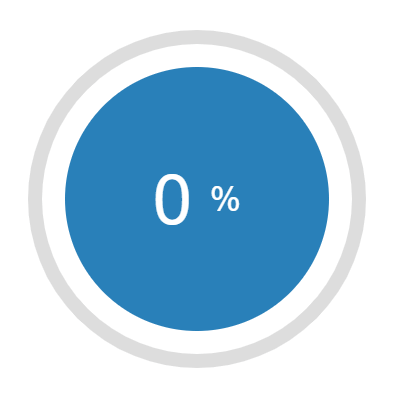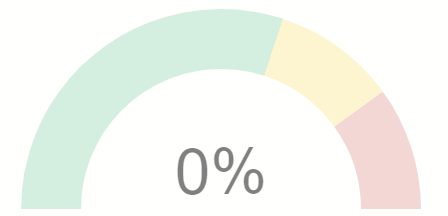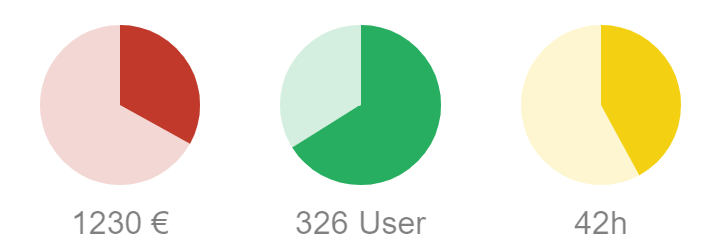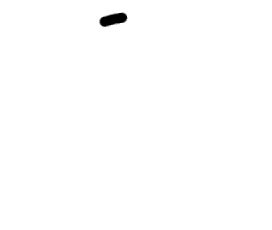README
Progress Circle
A simple lightweight circle progress web component with zero dependencies. It's easy to use anywhere you want. For example in Angular, React, Vue, Ionic or vanilla HTML/JS etc.

Demo
Features
- Indeterminate progress state. Shown as loading circle.
- Use of predefined colors (info, success, warning, danger), custom or inherited.
- Responsive size. Contains the parent size.
- No forced styles. Only limited by your creativity. See demos.
Getting Started
Either via NPM:
npm i ui-progress-circle
import 'ui-progress-circle';
or CDN:
<script
type="module"
src="https://unpkg.com/ui-progress-circle@latest/dist/ui-progress-circle/ui-progress-circle.esm.js"
></script>
<script
nomodule=""
src="https://unpkg.com/ui-progress-circle@latest/dist/ui-progress-circle/ui-progress-circle.js"
></script>
Usage
Some examples:
<ui-progress-circle></ui-progress-circle>
<ui-progress-circle value="67"></ui-progress-circle>
<ui-progress-circle value="100" color="success"></ui-progress-circle>
<ui-progress-circle value="33" stroke="100"></ui-progress-circle>
<ui-progress-circle shape="round" color="#2266DD" radius="90"></ui-progress-circle>
<ui-progress-circle value="42" class="no-animation"></ui-progress-circle>
See demo page for style ideas.
Angular
Angular must be configured to allow custom elements.
app.module.ts
import { NgModule, CUSTOM_ELEMENTS_SCHEMA } from '@angular/core';
@NgModule({
/* ... */
schemas: [CUSTOM_ELEMENTS_SCHEMA],
})
main.ts
import { defineCustomElements } from 'ui-progress-circle/loader';
/* ... */
defineCustomElements();
Other
Search the web for "how to use web components in your framework".



